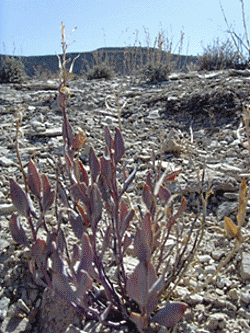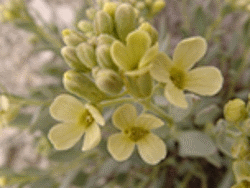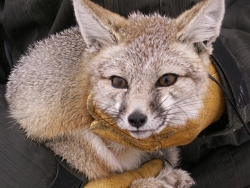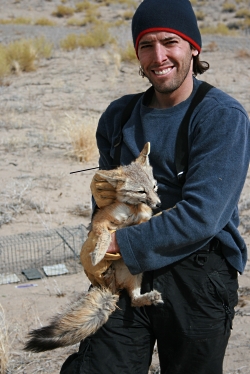Human-Ringtail Interactions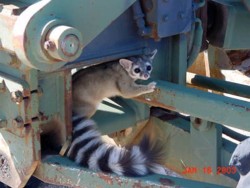
A relatively large population of ringtails exist in Zion National Park, one of the most heavily traveled national parks in the US. Last year, alone, over 3.6 million people visited the park. Those tourists and visitors often eat packaged and pre-cooked foods while in the park, disposing of their trash in proper receptacles or, rather irresponsibly, along trails and campgrounds. This creates ample opportunities for ringtails to gain access to human food, such as trashcans, and may encourage them to forage for food around campsites and visitor lodging. This behavior is a problem for the guests and employees of Zion National Park, but it is also extremely problematic for the ringtails in this area.
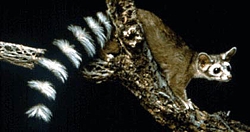
Photo Courtesy US BLM
© Lee Dittmann, Photographer
The ringtails are also coming towards buildings in the communities around Zion National Park, such as Springdale and Rockville, to seek easy shelter in the colder months, something that is not necessary for their survival. Properly sealing homes, particularly attics, in the areas where ringtails occur will prevent the ringtails from entering the living spaces of humans, and gaining access to food items dangerous to them. It will also prevent the homeowner from dealing with the aftermath of having a ringtail take up residence in an attic or crawlspace. Any hole larger than 2″ in diameter is enough to allow an adult male ringtail to enter. Surveying a house’s foundations and siding each fall to identify any such holes, and fill them in, can go a long way toward preventing ringtails from entering a home; helping ringtails practice healthy, wild behavior.
Ringtails are a certainly a wildlife sighting to remember, but make sure you only see them on their terms. Always properly store, prepare, and dispose of food items when in areas with wildlife. It protects you and it protects them, making sure your experience in natural areas remains a positive one.
Human-Ringtail Interactions-Credits:
Human-Ringtail Interactions
Images: Courtesy US FWS
Courtesy US BLM & Copyright © Lee Dittmann, Photographer
Text: Adrian Roadman, Nicki Frey and Mary-Ann Muffoletto
Read by: Mary-Ann Muffoletto, Utah State University College of Natural Resources
Credits: Adrian Roadman and Nicki Frey
Human-Ringtail Interactions-Additional Reading:
Frey, S. Nicole & Godding, Heather, Ringtails (Bassariscus astutus), Resolving Human-Wildlife Conflicts – Southwestern Wildlife Series, Extension Utah State University, July 2013, https://digitalcommons.usu.edu/cgi/viewcontent.cgi?article=2218&context=extension_curall
Roadman, Adrian & Frey, S. Nicole, Detection and Relative Distribution of Ringtails (Bassariscus astutus) in Zion National Park, Utah
Extension Utah State University, July 2019, https://digitalcommons.usu.edu/cgi/viewcontent.cgi?article=3024&context=extension_curalll

